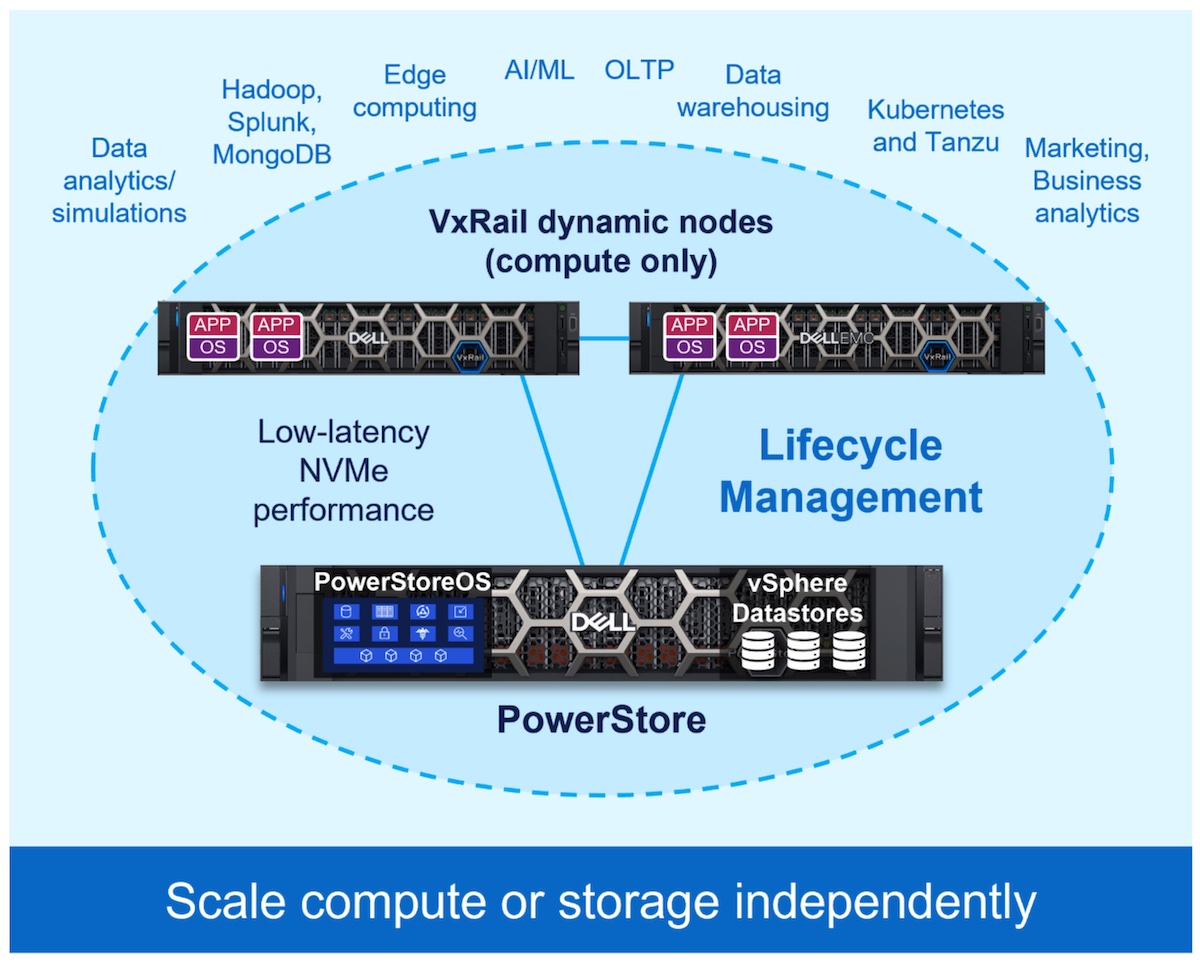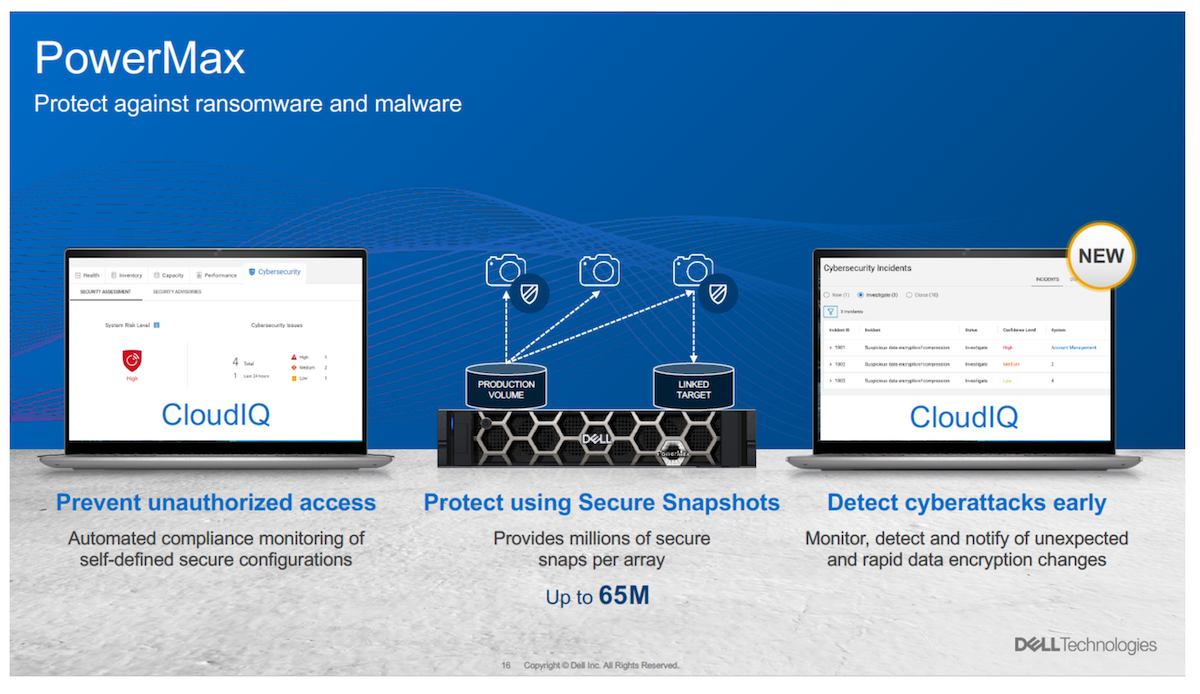In relation to data management and security, one of the key topics for organizations is the type of data they can put into the cloud. Many organizations are comfortable putting their emails and calendars into the cloud but are struggling to make the decision to put personal information, customer information, or production data into the cloud. Often this has more to do with the organizational maturity in implementing cloud solutions than actual cloud security issues.
Another data security challenge organizations are facing is ensuring security when using different cloud services. Organizations use IaaS, PaaS, and SaaS and their responsibility for security might not be clear. Each service has a different responsibility model when it comes to securing the operating system, the application, or the data. This can be clarified through the specification of a shared security model.
When comparing data security on in-house servers versus security in the cloud, cloud companies have far more security resources to apply than individual organizations. They also have a better understanding of their environment and wider knowledge about ensuring security in that environment.
The volume of data keeps on growing, with emerging technologies such as Internet of Things and edge computing. As data grows, so does the need for security. That is the reason why security will continue to be an important topic for organizations in coming years.
One way to look at cloud security is by using the metaphor of a bank. Would you be more comfortable having your money at your home, or would you rather save it in a bank? Naturally, banks have more expertise, resources, and infrastructure to ensure that your money is safe. Similarly, cloud companies have large security teams and a lot of resources to invest in security, so they are well-positioned to ensure the security of data as long as the shared security model is specified correctly.




